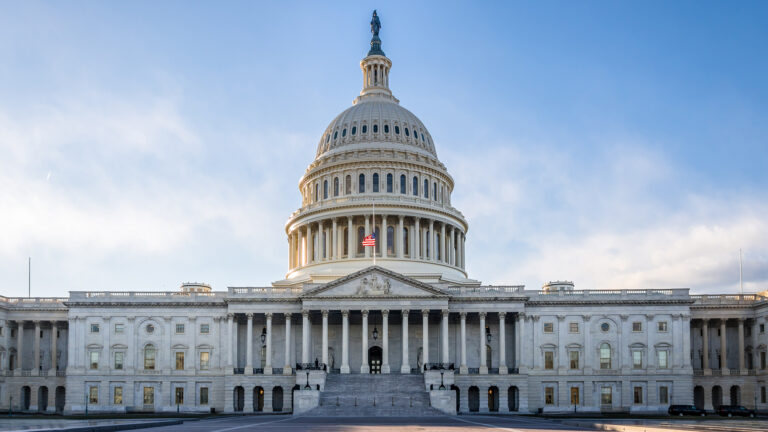By Nick Hedley
Debby Blakey, the CEO of Australian superannuation
fund HESTA, is overseeing an investor-led initiative aimed at boosting gender
diversity in corporate Australia.
With close to 1 million members – more than
80% of whom are women – HESTA founded the 40:40 Vision initiative two years
ago. Since then, 29 companies have signed on, including financial services
group ANZ and mining group BHP.
The signatories
commit to achieving a balance of 40% women, 40% men and 20% “any gender” in
their executive leadership teams by 2030.
HESTA, which has AU$68 billion (US$47 billion)
in assets, says there is evidence that improved gender diversity leads to
better decision-making and stronger long-term company performance – and hence
also investment returns.
Blakey recently spoke to Markets Group about
the importance of gender diversity and the 40:40 Vision initiative she chairs.
Markets Group: Why is it necessary to ensure gender equality in executive leadership teams?
Debby
Blakey: We see lack of gender diversity in leadership
as a financial risk – companies that fail to consider 50% of the population for
leadership positions risk missing out on the best people and the performance of
the organization will eventually suffer.
There
is a growing body of evidence that better gender balance in leadership is not
only fairer but also smart business – better performance, better profits and
better corporate governance – and this creates long-term value for
shareholders.
We’ve
recently learned at HESTA just how important gender diversity is for many
jobseekers too – particularly Gen Z women. Analysis of Seek’s “Laws of Attraction” data show
that when focusing on company reputation as a driver of attraction, “women
in leadership” ranks highly, with nearly two in five saying it’s a “must have” that
differentiates potential employers.
Diversity
is becoming a competitive edge; people view a company with gender diversity as
future-focused, and not one stuck in the past when it comes to what makes a
great leader.
And
our members will benefit from stronger long-term performance of their super
investments, greater opportunities from fairer and more inclusive workplaces,
and better retirement outcomes.
MG: How is HESTA itself doing in terms of gender balance in its executive
leadership team?
DB: There is a 50:50 gender balance within the HESTA executive team, with
four female executives: the CEO, chief investment officer, chief experience officer
and chief financial officer, and four male executives: the chief operating officer,
chief advice officer, chief risk & compliance officer and chief growth officer.
Our chair is also female.
Our
approach to gender diversity is firmly based on our mission to make a real
difference to our members’ retirement outcomes. As an employer, we’ve long seen
the benefit of diversity in building high-performing teams and a strong organization.
As a large institutional investor, diversity at both board and senior
management levels is an accurate indicator of a well-run company that’s more
likely to deliver long-term value to shareholders and better long-terms returns
for our members.
MG: Does HESTA use its voting rights to promote gender diversity?
DB: Using active ownership, we engage with companies to raise the
importance of workforce diversity and, ultimately, we may vote against boards
when we believe a company has failed to ensure it has a gender diverse
membership.
MG:
What is 40:40 Vision all about?
DB:
Launched in
October 2020, 40:40 Vision is an initiative led by HESTA, and supported by
industry partners, to see structural change in corporate Australia by
encouraging ASX300 companies to set medium- and long-term targets for their
executive leadership teams, with a pledge to achieve gender balance by 2030.
Setting targets is so
important; research shows that organizations that set quantitative
composition targets for executive leadership are more likely to achieve
balanced representation of men and women at the executive level.
MG: Who has joined the 40:40 Vision initiative?
DB: There are 29 current
signatories – those companies who’ve publicly committed to achieving 40% male,
40% female and 20% “other” in their executive teams by 2030. We want to set the bar
high and our ambition is to have all ASX300 companies shift from talking about
improving gender equality to backing that with measurable action.
MG: How much progress has been made to date?
DB: Progress needs to accelerate. Part of the challenge is too few women in
line roles, resulting in an insufficient pipeline of talent to increase the
proportion of female CEOs and executive leaders. Data from Chief Executive
Women 2022 Census shows around two-thirds of ASX300 companies and around half
of ASX100 companies have no women in line roles. Further exacerbating the
problem, there has been no improvement year on year in the number of women CEOs
within the ASX300, which still stands at just 18. And of the 28 CEO
appointments, only four were women.
Setting gender
targets, making a public plan for how they will meet those targets and
reporting annually on their progress are some of the ways companies can make
gender diversity a priority. The time for rhetoric about gender balance is
over. Companies need to make material changes to the way they build their
executive teams and run their businesses.
MG: Considering that the gender pay gap still exists, how does this affect
retirement outcomes?
DB: Women, particularly those working in health and
community services, often work in part-time or casual roles and are often lower
paid. This perpetuates the gender pay gap, ultimately leaving them with less
money in super.
Increasing
women’s workforce participation is one of the most effective ways to improve
financial security and boost the Australian economy. Halving the workforce
participation gap between men and women would increase Australia’s annual GDP
by AU$60 billion (US$41 billion) by 2038, according to a report by KPMG.
Financial
security in retirement for our members also depends on secure, well-paid jobs,
particularly in industries such as early childhood education, aged care,
disability care, health and social services. Decent work in the care economy
will help address the gender gaps across pay, workforce participation and
superannuation.
Women face
overlapping barriers to their full participation in work and society. Women
have so much skill and productivity to offer Australia’s economy, and it’s well
past time we better valued and supported their contributions.












